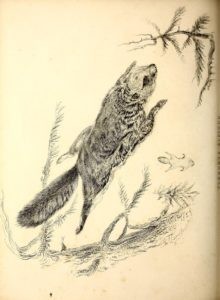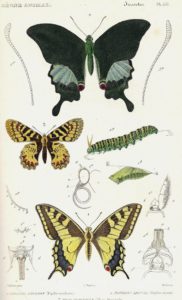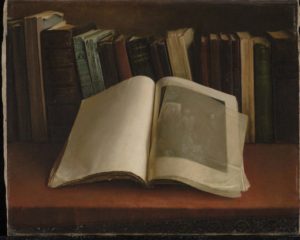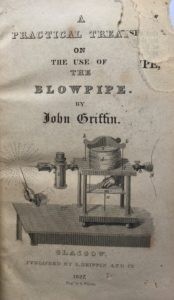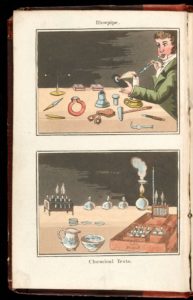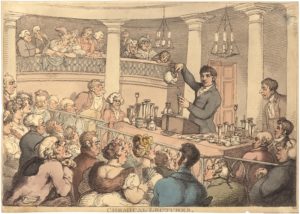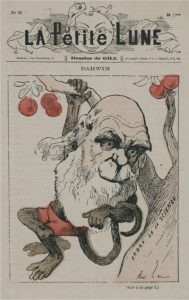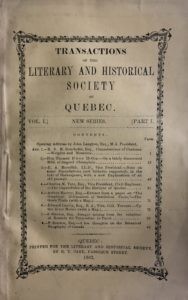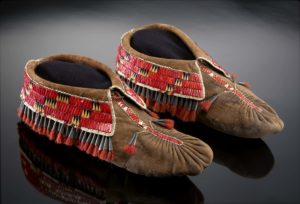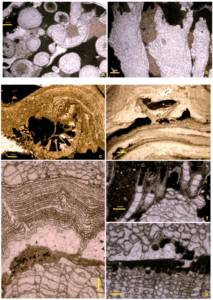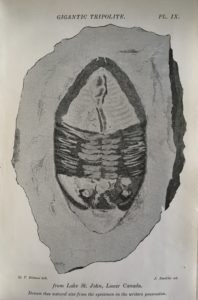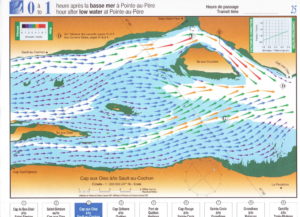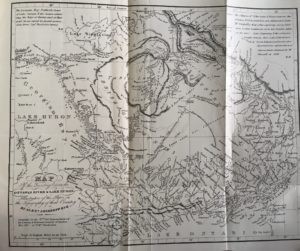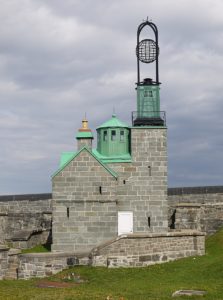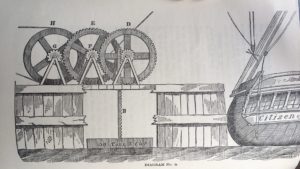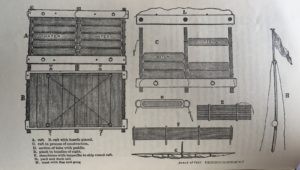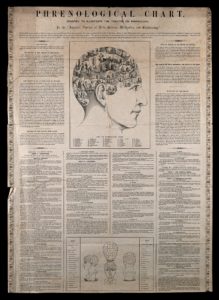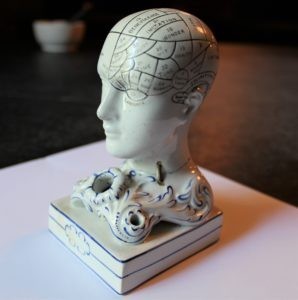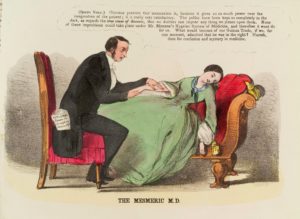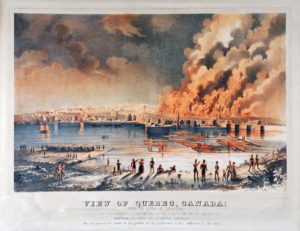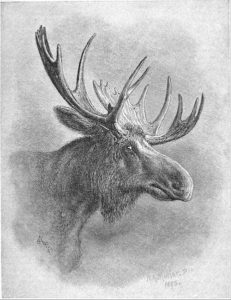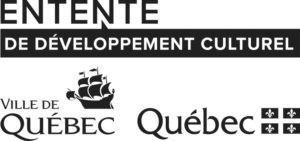Throughout the 19th century, the Society offered a variety of ways to learn about natural history. As a member you could borrow the latest books, published in England and France, from the library.
In theory, everyone could come to the public lectures (although not everyone listened). You could come to a demonstration with microscopes, or skulls, or an Egyptian mummy stolen from a pyramid. You could aslo visit the museum.
Many early Canadian scientists were members of the Society. They were mostly amateurs, mostly keen observers, and mostly excellent writers. Their research consisted of making detailed observations in the woods, mountains and rivers instead of toiling in laboratories.
Youth were encouraged to do their own original research and writing, and the Society offered prizes and medals for the best essays. They might even be awarded a Diploma of Fellowship. Best of all was the chance to be published in the Society’s Transactions, which were distributed worldwide.
-
Severn River Flying Squirrel.
From John Richardson, Fauna boreali-americana; Or, The Zoology of the Northern Parts of British America (1829).
-
Papillon Arjuna, Thaïs hypsipyle et chenille du Machaon, Papillon Machaon, Plate 131.
Georges Cuvier, Le règne animal distribué d’après son organisation, Vol. 14. (1828).
-
Nature morte aux livres.
Ozias Leduc (1892). Photo by Denis Legendre. Collection du Musée national des beaux-arts du Québec.
-
A Practical Treatise on the Use of the Blowpipe.
John Griffin (1827).
-
Instructions for the use of the blow-pipe.
Wellcome Collection.
-
Chemical Lectures.
Thomas Rowlandson (ca. 1810).
-
Caricature of Charles Darwin as a monkey
André Gill, Cover, La Petite Lune, no. 10 (1878).
-
Cover ofTransactions.
Transactions of the Literary and Historical Society of Quebec, NS I, Part I (1863).
-
Wendat (Huron) moccasins.
(Canada, 1800). Smithsonian National Museum of the American Indian, Object 19/6362
-
Coral fossils found in Anticosti.
Paul Copper and Jisuo Jin, “Early Silurian (Aeronian) East Point Coral Patch Reefs of Anticosti Island, Eastern Canada: First Reef Recovery from the Ordovician/Silurian Mass Extinction in Eastern Laurentia,” Geosciences 2, no. 2 (2012): 64–89.
-
Giant trilobite, Lake St. John, Lower Canada.
Transactions, OS I (1829).
-
Tidal currents in the St. Lawrence: “0-1 hour after low water at Pointe-au-Père, Cap aux Oies to Sault-au-Cochon.”
Atlas of Tidal Currents in the St. Lawrence Estuary (2008). Louisa Blair collection.
-
Map of the Territory between the Ottawas River & Lake Huron.
Transactions, OS II (1831).
-
The Former Observatory and Ball House
(Building 20), Citadel of Quebec, built 1850. Department of National Defence (1980). ”
-
Ashe’s Life raft consisting of 10-foot wooden tubes, some filled with fresh water.
E.D. Ashe, “Water Power of Quebec,” Transactions, OS IV (1855).
-
Ashe’s tidal energy device.
Diagram no. 2. E.D. Ashe, “Water Power of Quebec,” Transactions, OS IV (1855).
-
Phrenological chart; with design of head containing symbols of the phrenological “faculties.”
Etching after O.S. Fowler (1809–1877). Wellcome Collection.
-
Phrenology pen holder.
LHSQ Collection, 2004-203.
-
A mesmeric physician taking advantage of his female patient
(1852). British Collection of Health. Wellcome Collection.
-
View of Quebec, Canada; from the River St-Charles; showing the Conflagration of June 28th 1845, and the Ruins of the Fire of May 28th 1845.
J. Murray and G.T. Stanford (1845). Archives de la Ville de Québec, CI-N010648
-
Head of a bull moose.
James Carter Beard (1887).
